During the Tory leadership contest this summer, it was frequently said that whoever won would face the most politically difficult winter in a generation. In the end, despite winning the contest, Liz Truss didn’t make it that far. But winter is about to sting her successor.
After the collapse of the Truss premiership, Rishi Sunak needed to steady the ship in his first weeks in No.
Already a subscriber? Log in
Subscribe for just $2 a week
Try a month of The Spectator Australia absolutely free and without commitment. Not only that but – if you choose to continue – you’ll pay just $2 a week for your first year.
- Unlimited access to spectator.com.au and app
- The weekly edition on the Spectator Australia app
- Spectator podcasts and newsletters
- Full access to spectator.co.uk
Or
Unlock this article
You might disagree with half of it, but you’ll enjoy reading all of it. Try your first month for free, then just $2 a week for the remainder of your first year.


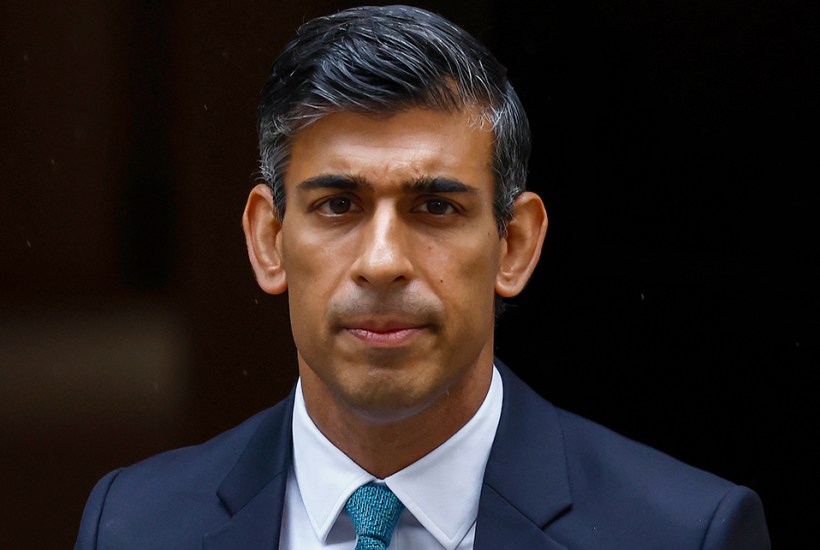
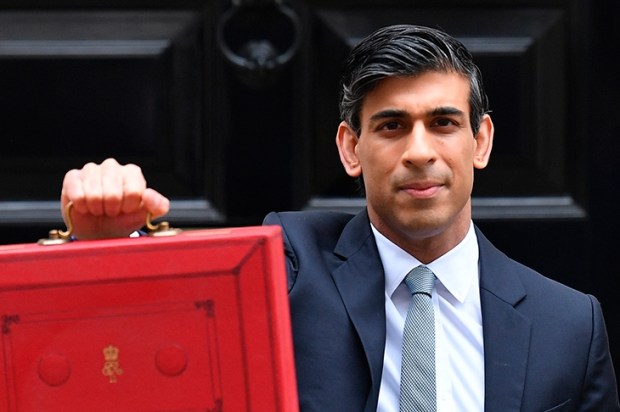

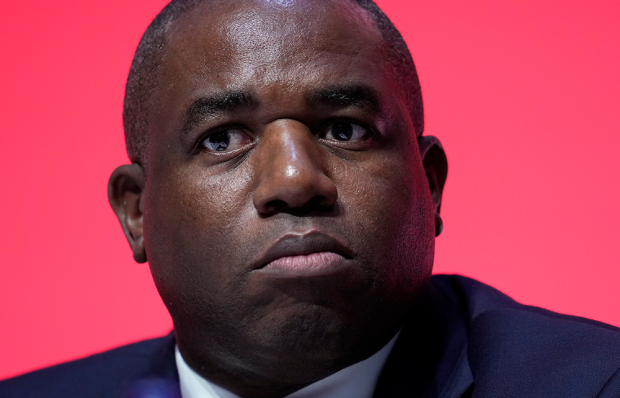
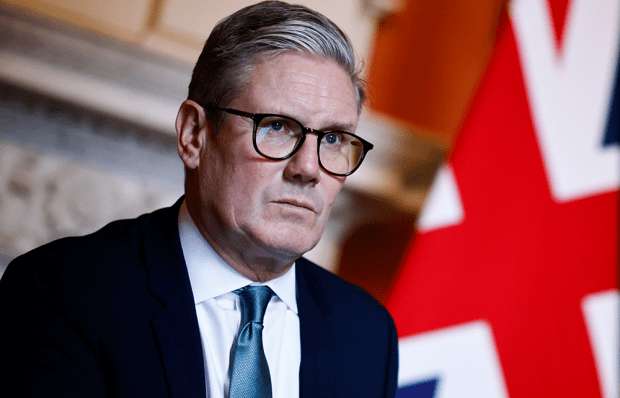
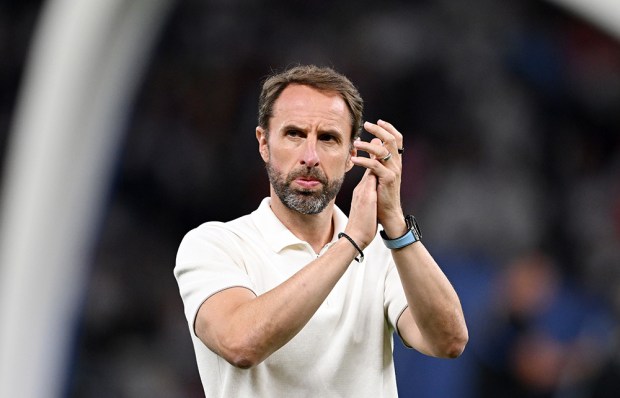
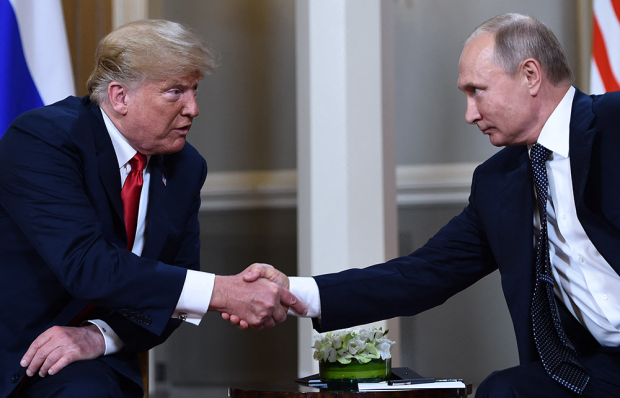






Comments
Don't miss out
Join the conversation with other Spectator Australia readers. Subscribe to leave a comment.
SUBSCRIBEAlready a subscriber? Log in